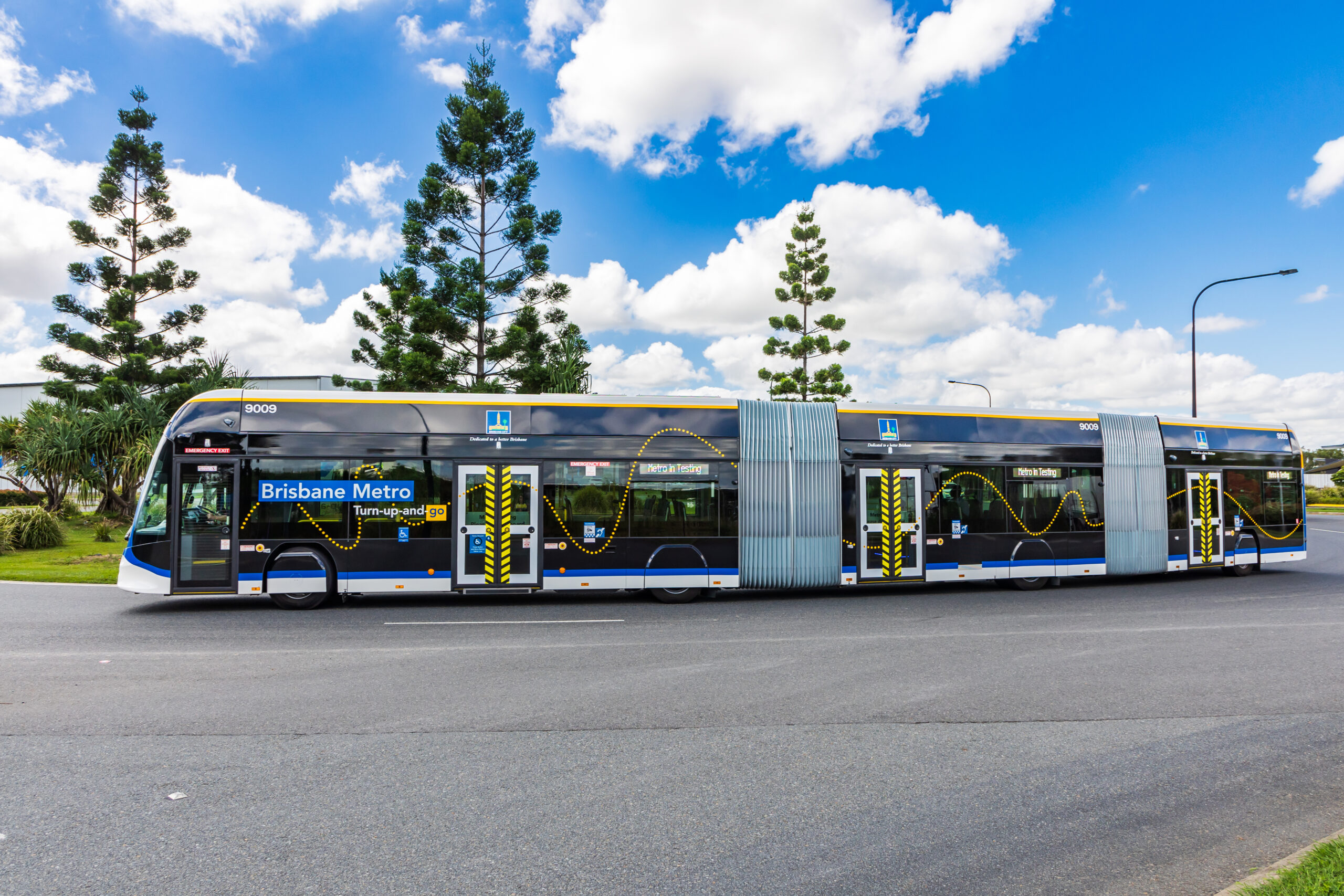Support CleanTechnica’s work through a Substack subscription or on Stripe.
Poland stands at a crossroads in its energy transition, with decisions today shaping its economy and security for decades to come. The government has committed to building 6 to 9 GW of nuclear power, beginning with three AP1000 reactors on the Baltic coast, but delays and financing uncertainty already suggest that the program is stumbling before construction starts. The first reactor was originally scheduled for 2033, but that has slipped to at least 2036. Poland’s ambitions echo past attempts to anchor its energy system in nuclear, but history and evidence point in a different direction.

For nuclear to scale successfully, several conditions need to be in place. National governments that made nuclear work in the past treated it as a top strategic priority. They aligned it with military objectives and tied it directly to nuclear weapons programs. They picked one design and froze it, building dozens of identical units over 20 to 30 years, often at multi-unit sites. They created a trained workforce pipeline and maintained tight state control of delivery, from permitting to financing. Countries like France and South Korea hit those marks in the 1970s and 1980s. Poland today does not. It is a NATO member with no indigenous nuclear weapons program, no intent to build one, and no appetite for the kind of national discipline and standardization that nuclear requires to succeed.
The absence of a military rationale makes Poland’s nuclear plans weaker from the start. Historically, nuclear electricity was paired with weapons development, making the immense costs and risks acceptable under national security logic. Poland is a signatory of the Non-Proliferation Treaty, which bars it from developing weapons, and has repeatedly reaffirmed its commitments under the treaty. At the same time, Polish leaders have made clear that they are open to hosting NATO nuclear weapons on their territory in response to Russian aggression. That position underlines how nuclear security for Poland will always come from alliances, not from a national nuclear arsenal, and further highlights the gap between past successful nuclear programs and Poland’s current path.
The AP1000 itself was once marketed as the solution to nuclear’s chronic problems of cost, complexity, and safety. Westinghouse emphasized its passive cooling systems, standardized design, and claims of easier, faster construction compared to older reactors. In practice, the results have been disappointing. Projects in the United States suffered enormous delays and cost overruns, driving Westinghouse into bankruptcy in 2017. In China, where four AP1000 units were completed, construction took longer than promised and the build program did not expand as planned. Far from proving that nuclear could be delivered on time and on budget, the AP1000 experience showed that even “simplified” modern designs remain vulnerable to the same financial and delivery risks that have dogged the industry for decades.
Poland’s choice of the AP1000 also ties its nuclear future directly to the United States, since the design is licensed by the U.S. Nuclear Regulatory Commission and requires ongoing agreements for technology transfer, design services, and key components. That dependence raises questions about geopolitical risk, as Poland would be locking a large portion of its electricity system into U.S. regulatory and industrial supply chains at a time when American politics are volatile and alliances are strained. A shift in U.S. policy, export controls, or trade disputes could slow projects or drive up costs, leaving Poland exposed in ways that renewables or European technologies would not.
Small modular reactors are sometimes held up as a way to overcome nuclear’s historic problems. Advocates claim that they can be built faster, cheaper, and in greater numbers. In reality, small modular reactors do not fix nuclear’s structural challenges. They suffer from poor economies of scale, require the same regulatory and safety oversight, and in practice are still vulnerable to the delays and overruns that plague large plants. A country like Poland that is only beginning to explore nuclear will not benefit from theoretical modularity. Announcements by companies such as Orlen and Synthos about small modular reactors may grab headlines, but they do not alter the underlying economics.
Even if Poland were able to build reactors on time and budget, nuclear creates serious challenges on a renewables-heavy grid. Large nuclear units run best at steady output, but Poland is already installing solar and wind at a pace that is driving down coal generation and creating hours of surplus electricity. Ontario’s experience is a warning: high nuclear shares locked in at night drove wind curtailment and required pumped hydro to manage inflexibility. Nuclear does not adapt well to variable supply and demand, so flexibility has to be built around it, through storage, industrial demand response, or new interconnectors. That adds costs that are nuclear-specific. Poland’s plan for 6 to 9 GW of nuclear on a grid with peak demand in the range of 35 to 40 GW would create a large block of inflexible generation. At the upper end of that range, nuclear would provide more than a third of annual electricity. That would force curtailment of wind and solar unless Poland invests in a major new flexibility stack that would not otherwise be required.

Flyvbjerg’s research on megaprojects makes Poland’s nuclear ambitions look even shakier. He has shown that nuclear power plants are among the worst performers for cost and schedule overruns, with fat-tailed risk distributions that often double or triple original budgets and delay completion by a decade or more. Wind and solar projects, by contrast, are among the best behaved, with thin-tailed risks and frequent on-time, on-budget delivery. Nuclear megaprojects often end up over budget, over time, and under benefits. Only a fraction of a percent of large projects in his dataset deliver as promised, and nuclear is rarely in that group. For Poland, which has no recent history of nuclear construction, the first build will carry a steep “first-of-a-kind” penalty, making overruns even more likely.
Poland has already lived through the collapse of a nuclear dream. The Żarnowiec project, a planned 1400 MW reactor program in the 1980s, was abandoned after years of work and billions of dollars spent, leaving empty shells in northern Poland as reminders of overreach. Today, the government is seeking to cover the cost of nuclear through a mix of state aid and possible EU funding, but whether Brussels will approve that level of support is still uncertain. The financial burden of nuclear contrasts sharply with the success of wind and solar, which have attracted private capital and EU backing far more easily.
The contrast between nuclear ambition and renewable achievement could not be sharper. In the past decade, Poland has gone from near-zero solar to more than 22 GW, alongside 11 GW of onshore wind, cutting deeply into coal’s share of electricity generation. Wholesale prices are dropping during sunny and windy hours, and curtailment is beginning to appear, clear signals of a system rapidly changing. Offshore wind is now on the horizon, and interconnection with neighbors is improving. These are successes that are delivering energy security and decarbonization in real time. They are modular, fast, and financed by both private and public sources without the need for extraordinary guarantees.
Poland’s nuclear program is already failing on its own terms. It lacks the conditions that historically enabled nuclear to succeed. It is not aligned with a national weapons program, it is already delayed, and it will force the creation of nuclear-specific flexibility services on a grid where wind and solar are scaling faster than expected. It is a megaproject at high risk of spiraling costs and time overruns, and it follows in the footsteps of a past program that collapsed under similar pressures. The better path for Poland is to lean into what is working. Wind, solar, interconnection, and storage are delivering emissions cuts and reducing dependence on coal today. Doubling down on those successes offers the fastest, cheapest, and least risky route to a secure, decarbonized Polish energy system.
Sign up for CleanTechnica’s Weekly Substack for Zach and Scott’s in-depth analyses and high level summaries, sign up for our daily newsletter, and follow us on Google News!
Have a tip for CleanTechnica? Want to advertise? Want to suggest a guest for our CleanTech Talk podcast? Contact us here.
Sign up for our daily newsletter for 15 new cleantech stories a day. Or sign up for our weekly one on top stories of the week if daily is too frequent.
CleanTechnica uses affiliate links. See our policy here.
CleanTechnica’s Comment Policy


.jpg)

